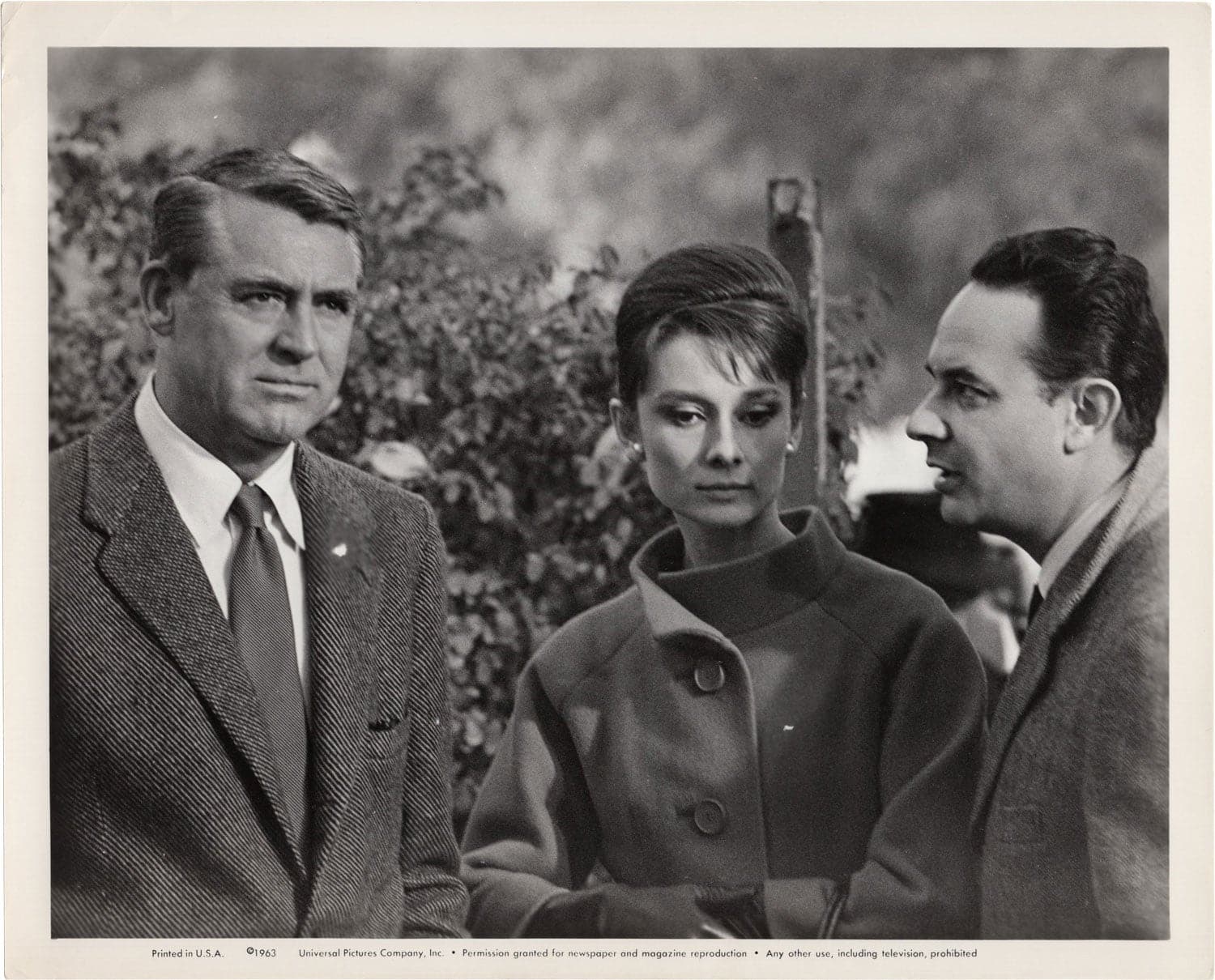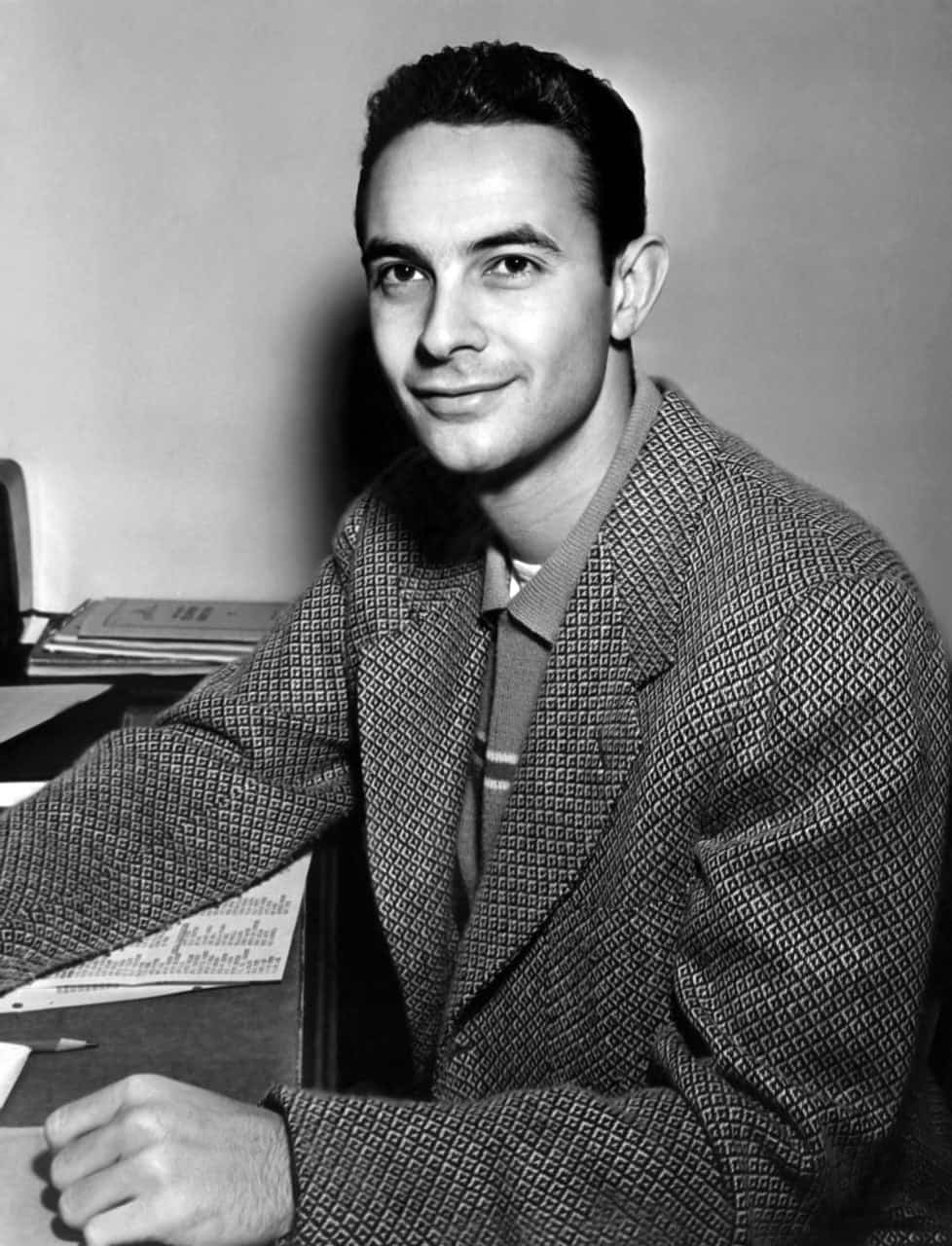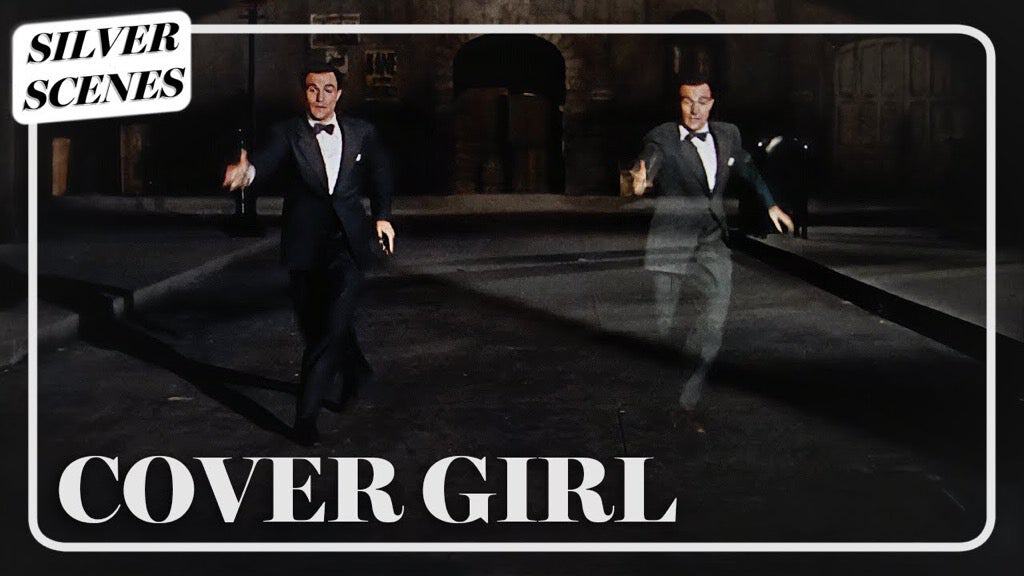April 13th marked what would have been the 100th birthday of one of the most under-appreciated maestros of American movies, Stanley Donen. Though his name is not as immediately recognized among the masses compared to the likes of his contemporaries, he is synonymous with an entire genre of film – where Alfred Hitchcock was a thriller and Frank Capra was the American dream, Donen, for a while, was the movie musical.
Born in Columbia, South Carolina in 1924, Donen fell in love with movies at age 9, watching Fred Astaire and Ginger Rogers in Flying Down to Rio. He was immediately mesmerized by the cacophony of music, dance, and film. While not immediately setting his sights on becoming a director, he felt that he needed “to be near” what he was seeing. Out of determination and isolation (Donen was one of few Jewish students at his high school), he completed his education at 16 and skipped his graduation so that he could take the train to New York, with hopes of being on Broadway. Arriving with $15 in his pocket from his parents, he landed a small role as a dancer in Pal Joey. Playing the title role was a young Gene Kelly, who befriended Donen.
In 1943, Donen left for Hollywood, where he signed a yearly contract with Metro-Goldwyn-Mayer (MGM) as a dancer. Kelly soon joined him and asked Donen to choreograph his dance moves for the film Cover Girl, where his directorial vision first got its footing. Donen envisioned the “Alter Ego” dance number in the film, which features Kelly dancing with his untethered reflection. This was a use of trick photography, an early visual effect that required Kelly to learn different sequences and film them separately, timed just so that they would correlate with one another when overlayed into one frame.
Donen was only 20 years old when this was conceived and put to film.
A year later, Donen and Kelly choreographed the film Anchors Aweigh, starring the latter along with a young Frank Sinatra. Donen is credited with the film’s most iconic scene, the “Worry” song featuring Kelly dancing with Jerry the Mouse (of MGM’s Tom & Jerry). Like Cover Girl, it required two separate dances to be shown simultaneously, this time with animation and live action. The story goes that Donen originally wanted Mickey Mouse to be the animated character for this sequence, but a meeting with an authoritative Walt Disney killed the prospect.
In 1949, Donen & Kelly co-directed the film On the Town, a musical about three sailors (played by Kelly, Sinatra, and Jules Munshin) on a 24-hour leave in Manhattan. It would be the first musical to be filmed (partly) on location, particularly the opening “New York, New York” number (in which city-goers can be seen staring right into the camera as the trio performs. Two years later, Donen made his first solo film, Royal Wedding, which saw him directing the man who inspired him as a child in Columbia, Fred Astaire; a dream come true at the ludicrous age of 27. For the “You’re All the World to Me” number, Donen had a rotating box stage built, with a mounted camera and starched furniture, that would emulate Astaire defying gravity and dancing on the ceiling. The concept would later be repeated in Lionel Ritchie’s music video for “Dancing on the Ceiling”, which was also directed by Donen.
Donen’s best-known film was 1952’s Singin’ in the Rain, again co-directed with Kelly, who played the lead role of Don Lockwood, a silent film star in the shifting world of sound films in 1920’s Hollywood. The film co-starred Donald O’Connor and 19-year-old, Debbie Reynolds. The movie is Donen’s crowning achievement, with iconic, breathtaking musical numbers and intricate directions – most notably the 13-minute-long “Broadway Melody” sequence, illustrating a man’s foray into the glitzy, nerve-wracking world of show business. It remains one of the most expensive and extensive musical sequences ever put to film.
Donen seemingly dreamed in melody, and his images, often confectionary and always delightful, are a part of the pastiche of cinema history. Just some of his titles harken back to an era of films where color and dance were a hallmark of entertainment: Seven Brides for Seven Brothers (1954), Funny Face (1957), and The Pajama Game (1957). And when the movie musical fizzled into celluloid history, he moved to comedies: Charade (1963), Two for the Road (1967), and Blame it on Rio (1984).

Among the actors he cast are some of the all-time greats in Hollywood history: Mickey Rooney, Cary Grant, Audrey Hepburn, Doris Day, Albert Finney, Richard Burton, Liza Minelli, Gene Hackman, Kirk Douglas, Michael Caine, and Ingrid Bergman.
In 1998, Donen was gifted with an Honorary Academy Award at the Oscars. Most of the 57 million viewers of that night’s telecast saw his face for the first time. Donen, in lieu of a speech, chose to share his gratitude the way he knew best: through song and dance. He sang “Cheek to Cheek” to his statuette and offered a tap dance to a roaring reception.

Donen died on February 21, 2019. At the time of his passing, he was the last living director from Hollywood’s “Golden Age.” Among the filmmakers he influenced are Stanley Kubrick, Steven Spielberg, Martin Scorsese, and Damien Chazelle. From a young dancer with ambition to a technical daredevil whose work earned the hearts of millions of moviegoers, Stanley Donen was a part of Hollywood history from the start, giving the audience captivating serenades and choreography. He took the musical and made it brilliant. Not bad for a lonely kid from South Carolina.

Dylan James graduated from the Savannah College of Art & Design with a BFA in Dramatic Writing. He has studied both the ‘show’ and ‘business’ aspects of show business since childhood, and writes through sociological analysis, seeking relevance in the art and commerce for the moment.












